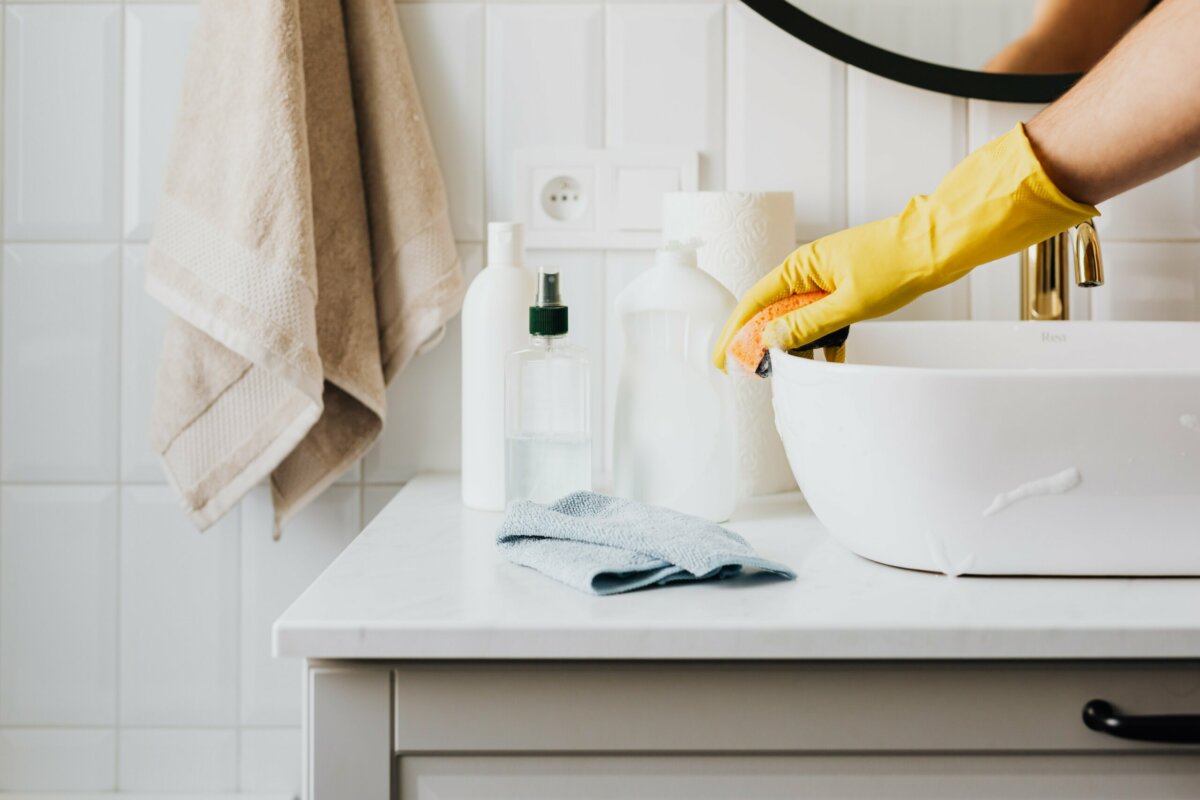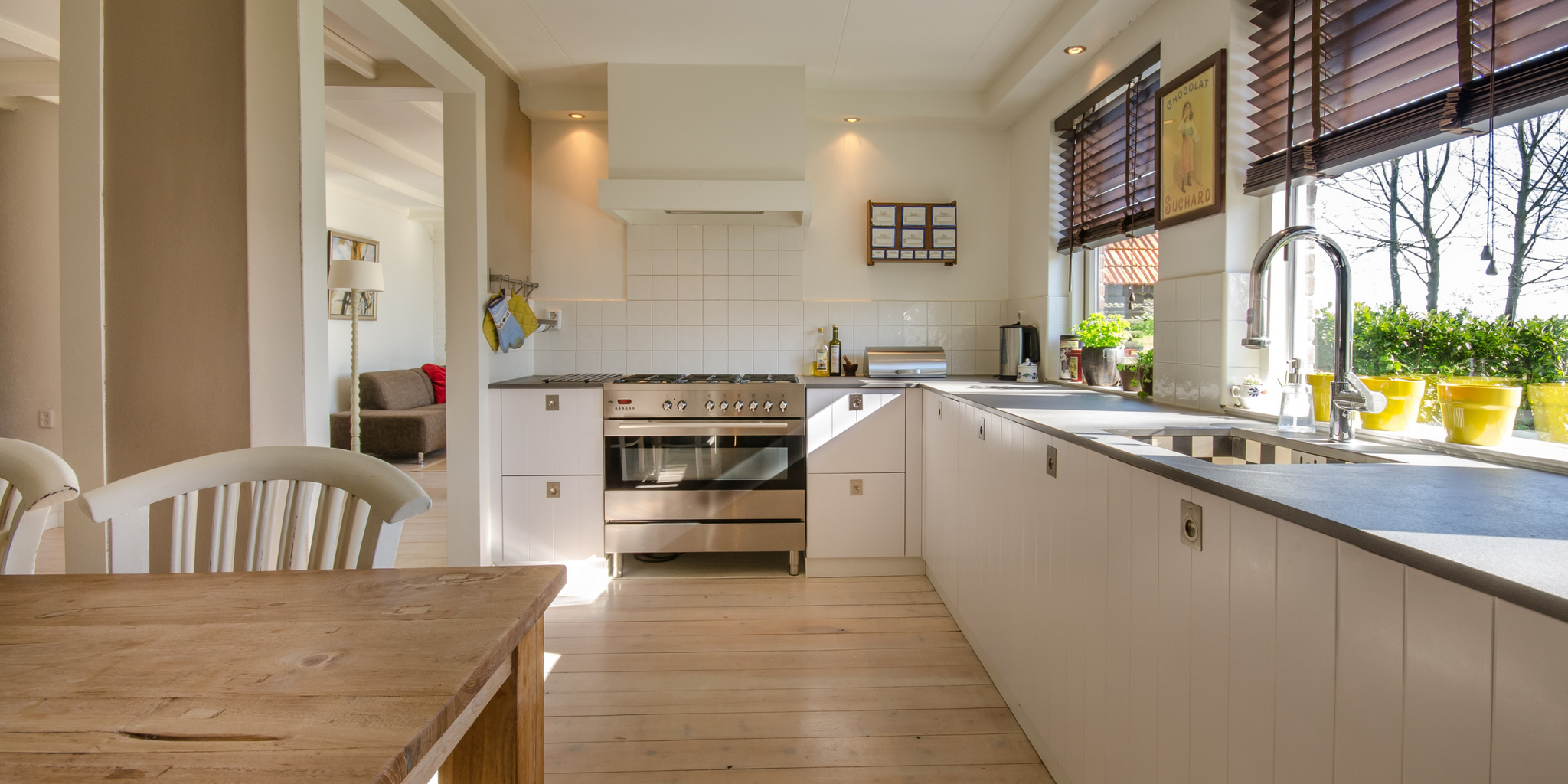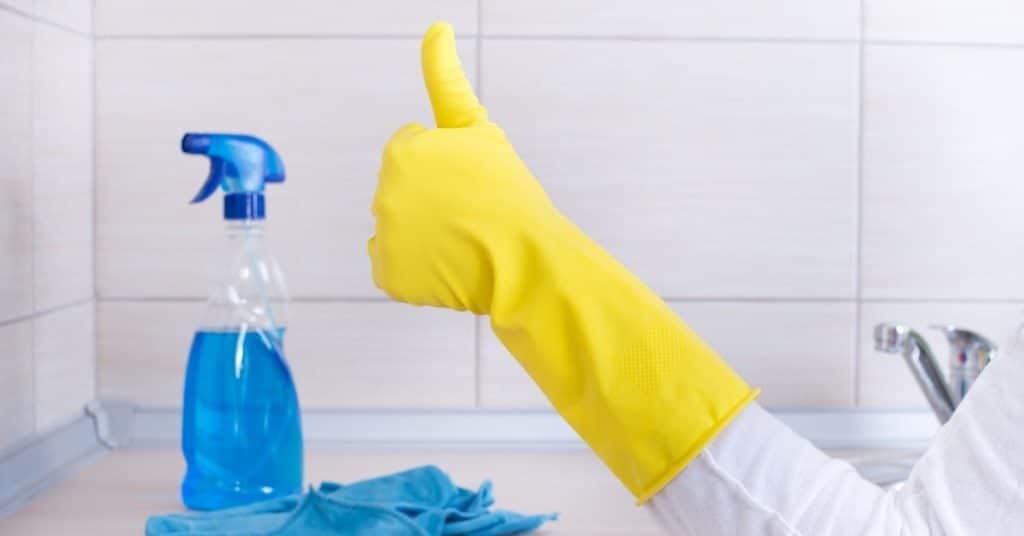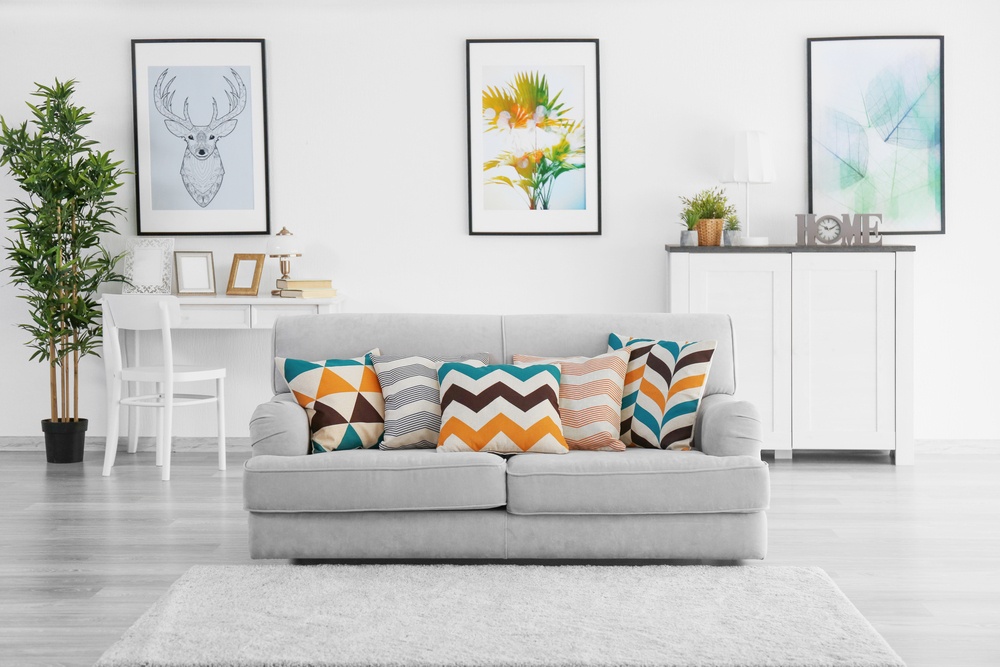Air pollution is a major global problem that can harm our health and the environment. While outdoor air pollution is a well-known problem, it is essential also to address air pollution in our homes. Indoor air pollution can be caused by various factors, including cooking, cleaning products, and using certain building materials. However, there are several ways to reduce air pollution in your home and improve the quality of the Air you breathe. This article will discuss some practical ways to reduce air pollution in your home.
Ways to Reduce Indoor Air Pollution
· Keep your home clean
Keeping your home clean is an essential step in reducing indoor air pollution. Dust and dirt can accumulate on surfaces, leading to the build-up of pollutants in the Air. Regularly dusting and vacuuming your home can help remove these pollutants and improve the quality of the Air you breathe. Use a vacuum cleaner with a HEPA filter to capture small particles and allergens.
· Use natural cleaning products
Many cleaning products contain harmful chemicals that can contribute to indoor air pollution. Instead, use natural cleaning products such as vinegar, baking soda, and lemon juice. These natural products effectively clean and disinfect surfaces without releasing harmful chemicals into the Air.
· Reduce the use of synthetic fragrances
Synthetic fragrances can release harmful chemicals into the Air and contribute to indoor air pollution. Avoid using synthetic fragrances such as air fresheners, scented candles, and perfume. Instead, opt for natural fragrances such as essential oils or open windows to allow fresh air to circulate.
· Increase ventilation
Increasing ventilation in your home can help reduce indoor air pollution. Open windows and doors to allow fresh air to circulate, or use exhaust fans in the kitchen and bathroom to remove pollutants. Consider installing a mechanical ventilation system to provide continuous ventilation and improve indoor air quality.
· Control humidity levels
High humidity levels can lead to the growth of mold and mildew, which can release harmful spores into the Air. Use a dehumidifier to control humidity levels and prevent the growth of mold and mildew. Maintain indoor humidity levels between 30-50% to reduce the risk of mold growth.
· Avoid smoking indoors
Smoking indoors can release harmful chemicals into the Air and contribute to indoor air pollution. Avoid smoking indoors and encourage others to do the same. Consider creating a designated smoking area outside to prevent the release of harmful chemicals indoors.
· Choose natural building materials
Building materials such as carpeting, furniture, and paint can release harmful chemicals into the Air. Choose natural building materials such as hardwood flooring, natural fibers, and low-VOC paint to reduce indoor air pollution.
· Test for radon
Radon is a natural gas that can seep into homes and contribute to indoor air pollution. Test your home for radon levels and consider installing a radon mitigation system if levels are high.
· Maintain your HVAC system
Your HVAC system can be a source of indoor air pollution if not properly maintained. Replace air filters regularly and schedule annual maintenance to ensure your HVAC system functions correctly.
· Use air purifiers
Air purifiers can help remove pollutants from the Air and improve indoor air quality. Choose an air purifier with a HEPA filter to capture small particles and allergens.
Conclusion
Reducing air pollution in your home is essential for your health and well-being. By following these practical tips, you can improve indoor air quality and reduce the risk of indoor air pollution. Keep your home clean, use natural cleaning products, increase ventilation, control humidity levels, avoid smoking indoors, choose natural building materials, radon test, maintain your HVAC system, and use air purifiers. By taking these steps, you can create a healthy and safe environment for yourself and your family.
For more, keep connected and updated with www.SabzProperty.com










LEAVE A REPLY
Your email address will not be published. Required fields are marked *